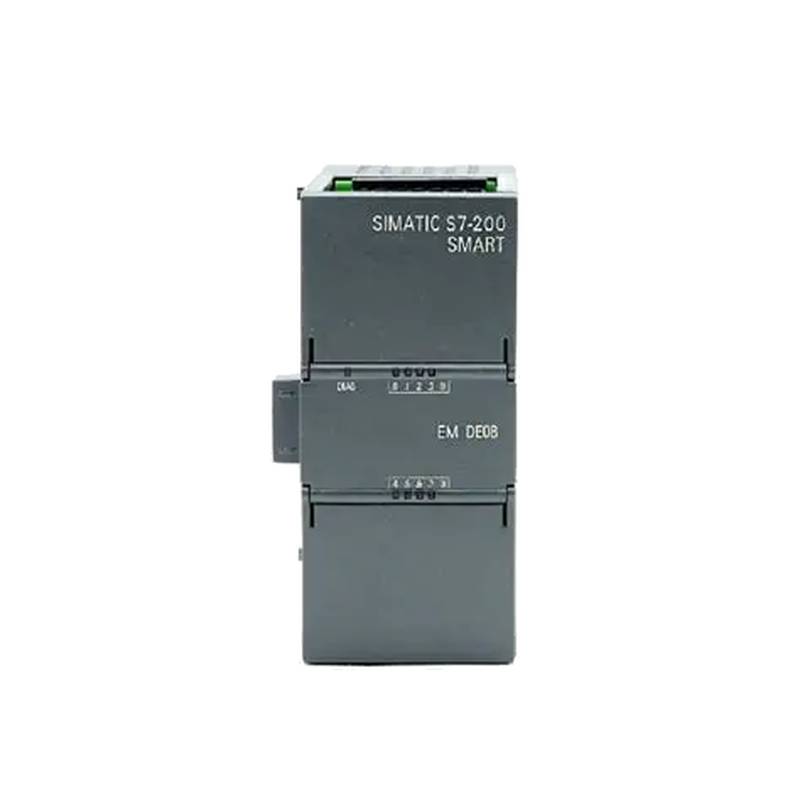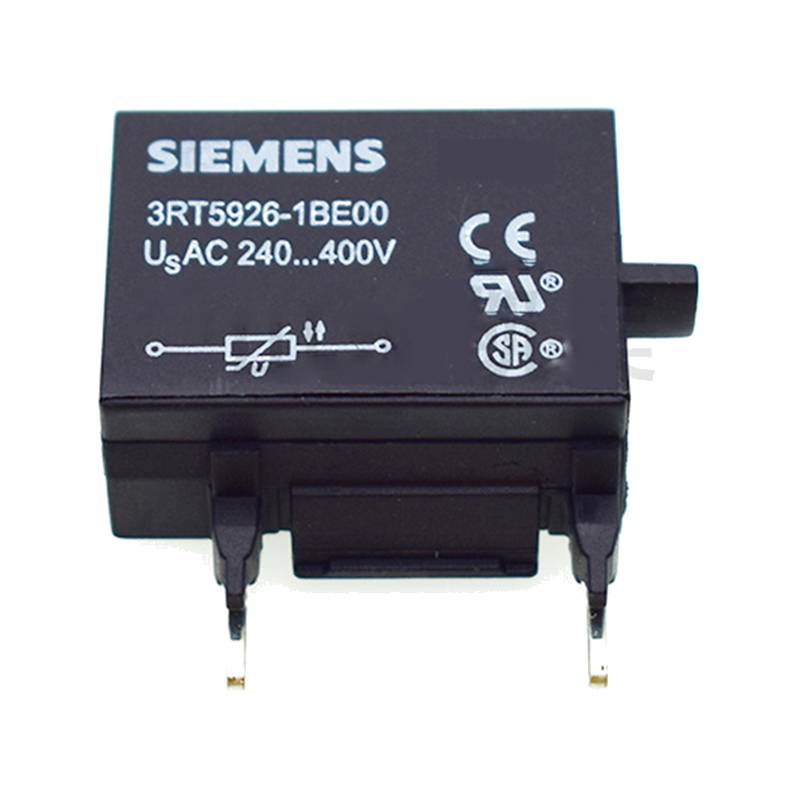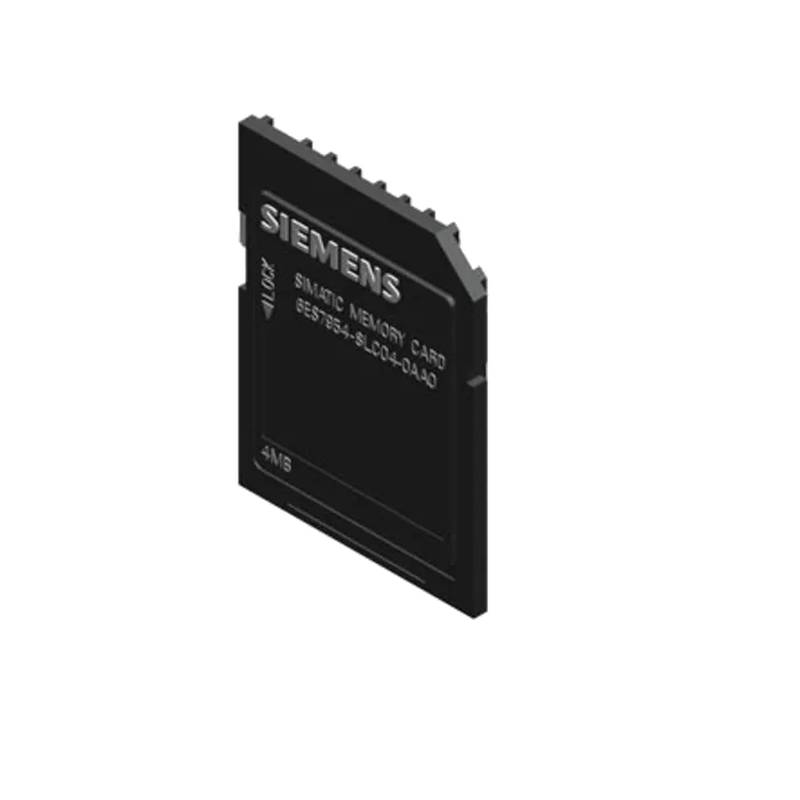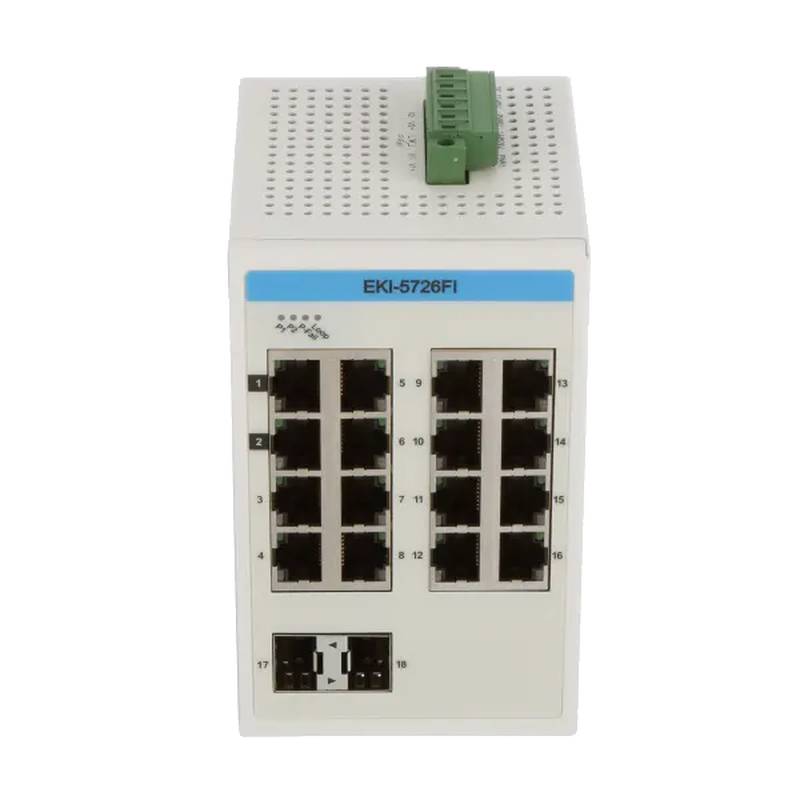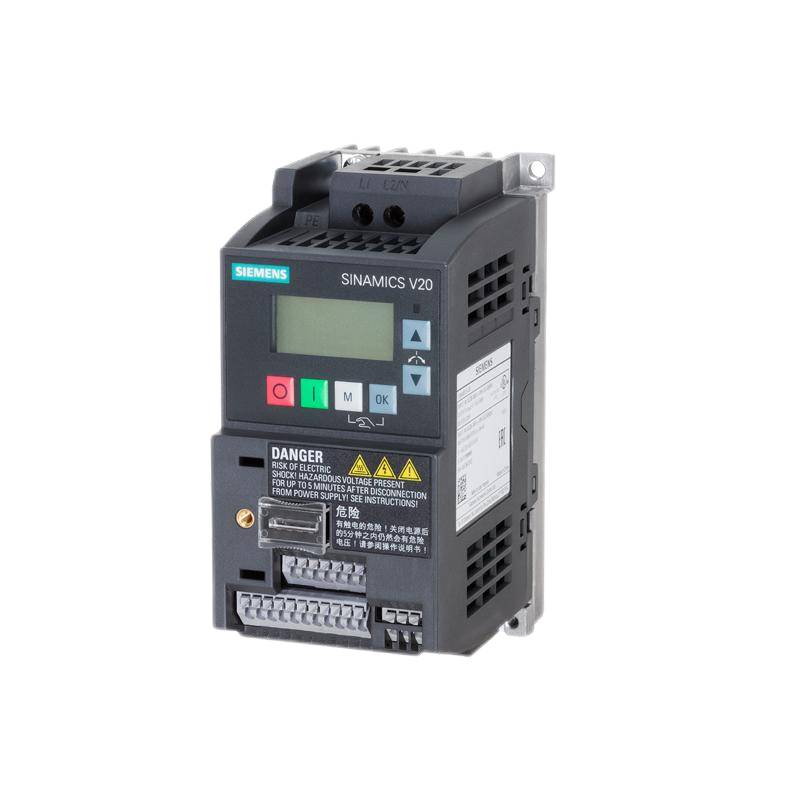
The Yaskawa J1000 Series VFD Drive, model JB4A0005BBA, is a robust and energy-efficient Variable Frequency Drive designed for a wide array of industrial applications. This compact drive boasts a 1.5kW (2 HP) power rating and a 4.8A current output, making it an ideal solution for precise motor speed control. Its core advantages lie in its superior energy savings, enhanced reliability, and user-friendly operation, positioning it as a leading choice for manufacturers seeking to optimize production processes and reduce operational costs. The J1000 series is engineered for seamless integration into various machinery, offering flexibility and performance that meets the demanding requirements of modern industrial environments.
Product Specifications
| Parameter | Specification |
| :--------------------- | :------------------------ |
| Model | JB4A0005BBA |
| Series | J1000 |
| Power Rating | 1.5 kW (2 HP) |
| Output Current | 4.8 A |
| Input Voltage | 200-240 VAC, 1 Phase |
| Output Voltage | 200-240 VAC, 3 Phase |
| Frequency Output Range | 0.1 Hz to 400 Hz |
| Protection Class | IP20 |
| Dimensions (H x W x D) | 143 mm x 70 mm x 123 mm |
| Mounting Type | Panel Mount |
Core Features & Market Positioning
The Yaskawa J1000 Series JB4A0005BBA distinguishes itself through its advanced digital operator, which simplifies parameter setting and monitoring, enhancing user experience and reducing commissioning time. Its built-in EMI filter minimizes electromagnetic interference, ensuring reliable operation in electrically noisy environments. Furthermore, the drive's robust design and Yaskawa's reputation for quality and longevity place it favorably in the market for demanding industrial automation tasks. This VFD excels in applications where precise speed control and energy efficiency are paramount, offering a competitive edge over less sophisticated motor control solutions.
Key Application Scenarios
This Yaskawa J1000 drive is exceptionally well-suited for a variety of industrial applications, including conveyor systems, fans, pumps, and small machinery. Its ability to precisely control motor speed allows for significant energy savings in variable torque applications, such as those found in HVAC systems and water management. For manufacturers of packaging equipment, food processing machinery, and material handling systems, the JB4A0005BBA model provides the reliable and efficient motor control necessary for high-throughput operations.
Practical System Integration Guidance
Integrating the Yaskawa JB4A0005BBA VFD into existing systems is straightforward due to its compact design and standard mounting options. Wiring connections for power input, motor output, and control signals are clearly labeled on the unit and detailed in the product manual. Basic parameter configuration, such as setting the motor's full load current and maximum frequency, can be accomplished using the digital operator keypad. For more advanced setups, such as remote control or integration with PLCs, the drive supports various digital and analog I/O configurations and communication protocols, detailed in the programming guide.
Operation and Risk Mitigation
Safe operation of the Yaskawa J1000 Series VFD JB4A0005BBA requires adherence to electrical safety standards and the manufacturer's guidelines. Ensure proper grounding and isolation before maintenance. Overcurrent (OC), Overvoltage (OV), and Overheating (OH) are common fault codes that indicate potential issues requiring immediate attention and troubleshooting as per the manual. Regularly inspect wiring for wear and tear and ensure adequate ventilation around the drive to prevent overheating, a critical factor in maintaining operational longevity.
Scalability & Long-Term Value
The J1000 series, including the JB4A0005BBA, offers inherent scalability by allowing multiple units to be deployed across a facility for decentralized motor control. While this specific model is designed for individual motor applications, Yaskawa's broader product portfolio supports integration into larger automation systems and IIoT platforms for enhanced data collection and predictive maintenance strategies. Its robust build quality and Yaskawa's commitment to product development ensure long-term value and compatibility with evolving industrial automation standards.
Frequently Asked Questions (FAQs)
Q1: What is the typical input voltage for the Yaskawa JB4A0005BBA?
The Yaskawa JB4A0005BBA VFD is designed for a single-phase input voltage range of 200 to 240 VAC. This is crucial for ensuring proper power supply compatibility.
This voltage range allows it to be easily integrated into standard industrial power grids found in many regions. Always verify your local power supply specifications match this requirement before installation.
Proper voltage matching is essential for the longevity and efficient operation of the drive and connected motor. Incorrect voltage can lead to damage or underperformance.
Q2: What type of motor can be controlled by the Yaskawa JB4A0005BBA?
This VFD is designed to control standard 3-phase AC induction motors. It provides a 3-phase output voltage to the motor.
The drive precisely adjusts the frequency and voltage supplied to the motor, enabling variable speed operation. This is fundamental to its energy-saving capabilities.
Ensure the motor's nameplate specifications (kW, HP, current, voltage) are within the drive's ratings for safe and effective operation.
Q3: How does the J1000 Series VFD save energy?
The J1000 Series VFD achieves energy savings by precisely matching motor speed to the actual load demand. This reduces power consumption when full speed isn't needed.
By slowing down the motor during periods of lower demand, it avoids the significant energy waste associated with running motors at full speed unnecessarily. This is particularly effective for fans and pumps.
The VFD also optimizes motor efficiency curves, further contributing to reduced overall energy usage and lower operating costs for the facility.
Q4: What is the maximum power rating of the Yaskawa JB4A0005BBA?
The Yaskawa JB4A0005BBA has a maximum power rating of 1.5 kW, which is equivalent to approximately 2 horsepower. This rating defines the size of the motor it can effectively drive.
This power output is suitable for a wide range of medium-duty industrial applications and machinery. It strikes a balance between performance and compact size.
It is critical not to connect a motor with a power rating exceeding this specification to prevent potential damage to the VFD or the motor itself.
Q5: Can the Yaskawa JB4A0005BBA be used for pump applications?
Yes, the Yaskawa JB4A0005BBA is highly suitable for pump applications. Its variable speed control significantly optimizes water flow and pressure.
In pump systems, matching pump speed to demand reduces energy consumption and minimizes mechanical stress on the pump and motor. This leads to extended equipment life.
The drive's ability to operate at lower speeds also helps prevent water hammer and reduces noise levels, common issues in pump operations.
Q6: What does "VFD" stand for, and why is it important?
VFD stands for Variable Frequency Drive. It is an electronic power converter used to control the speed of an AC electric motor.
VFDs are crucial for energy efficiency, as they allow motors to run at speeds lower than their maximum, drastically reducing power consumption. This is a key benefit in industrial settings.
They also offer precise control over motor speed, acceleration, and deceleration, which improves process control, reduces mechanical stress, and enhances product quality.
Q7: How do I wire the Yaskawa JB4A0005BBA for basic operation?
For basic operation, connect the single-phase power supply (L1, L2) to the input terminals, and the three-phase motor (U, V, W) to the output terminals. Follow wiring diagrams precisely.
Control wiring for starting/stopping and speed reference typically involves connecting digital inputs and potentially analog inputs to the terminal blocks. Refer to the manual for specific terminal assignments.
Always ensure power is disconnected and lockout/tagout procedures are followed before performing any wiring to prevent electrical shock.
Q8: What is the protection class (IP rating) of this drive?
The Yaskawa JB4A0005BBA features an IP20 protection class rating. This indicates it is protected against solid objects larger than 12.5 mm.
However, it offers no protection against water or liquid ingress. Therefore, it should be installed in a clean, dry environment, typically within an enclosure.
Proper installation location is crucial to prevent damage from dust, moisture, or other environmental contaminants that could compromise its operation.
Q9: What are common troubleshooting steps for Yaskawa J1000 drives?
Begin troubleshooting by checking the drive's fault code display on the digital operator. This code provides direct insight into the issue.
Consult the product manual's troubleshooting section for specific fault code explanations and recommended corrective actions. Basic checks include power supply, wiring integrity, and motor connection.
Ensure the drive parameters are correctly configured for the connected motor and application. Incorrect settings are a frequent cause of operational problems.
Q10: Can the Yaskawa JB4A0005BBA integrate with PLCs?
Yes, the Yaskawa JB4A0005BBA can be integrated with Programmable Logic Controllers (PLCs). It offers various digital and analog inputs/outputs for control and monitoring.
Specific terminals are designated for PLC commands like start/stop, direction control, and speed referencing via analog signals (e.g., 0-10VDC) or digital inputs.
For more complex communication, optional communication cards may be available or standard communication protocols can be utilized through its I/O, depending on the PLC and system requirements.
















